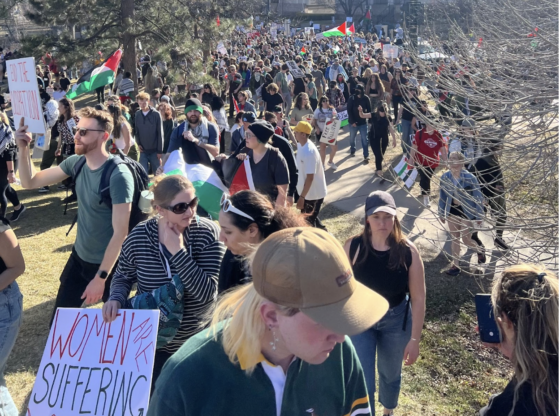On Dec. 14, the Federal Communications Commission (FCC) voted on a 3-2 decision to roll back the 2015 Obama-era policy requiring stronger oversight for broadband companies.This decision affects everyone who uses the internet, but the FCC’s decision has other implications, especially for students. With the FCC decision to divide the internet into slow lanes and fast lanes, extra fees are almost sure to be applied for consumers. These additional charges would make services like free tutorials, streaming and other forms of distance learning less accessible to the user. However, students at institutions like DU will most likely not feel effects like many lower-income and rural families will experience. But just because some students at DU might not feel the effects as strongly as others doesn’t mean those effects won’t exist.
The added costs for experimental forms of learning continue to contribute to the educational gap between lower-income populations and higher-income populations. Additionally, this has effects for students who already have difficulties affording the high costs of textbooks and often seek alternative options through sites like Amazon or other open source materials.
The Internet Order treated broadband internet service providers as common carriers under Title II of the Communications Act. With this protection, Internet Service Providers (ISPs) were required to treat all internet traffic equally which prevented them from blocking or interfering with access to any particular websites or internet functions, like apps or other resources. ISPs now have to disclose any steps they take to limit or sell special access, which the FCC has termed “Restoring Internet Freedom.”
Teachers and other educators have already been victimized by broadband providers. Broadband companies, like AT&T have already been accused of discriminating against low income neighborhoods. After data was collected from the National Digital Inclusion Alliance (NDIA) and Connect Your Community (CYC) in Cleveland, Ohio, it was found that low income areas in Cleveland are much less likely to have the ability to download at a higher speeds than adjacent suburban communities. AT&T failed to upgrade the network in the low income Cleveland neighborhoods, while integrating high-speed fiber network options in wealthier areas. This “digital redlining” will only be exacerbated as a result of the recent FCC decision. Low-income areas will most likely be disregarded because they are simply not profitable.
The FCC, under the direction of five people, made the decision to repeal net neutrality despite overwhelming support from the American people. If the decision wasn’t enough, the FCC net neutrality repeal was corrupted by over 50,000 complaints that were excluded from the FCC’s repeal docket. The FCC unrightfully, and knowingly, finalized the Internet Freedom decision after allegations that the decision process was skewed after thousands of fake and automated comments were sent in advocating for internet freedom.
It isn’t too late to act on the FCC’s decision. Congress is still able to stop the decision with a Congressional Repeal Act. To act, text BATTLE to 384-387 to contact Congress and stop the FCC from furthering the educational divide, and restricting information or visit battleforthenet.com. For more information on net neutrality and the role you can play, Dr. Gus Hurwitz of the University of Nebraska and Dr. Derigan Silver are hosting “Untangling the Web of Net Neutrality” this Thursday, Jan. 18 from 12:00p.m.- 1:00 p.m. in Sturm Law, room 125.











